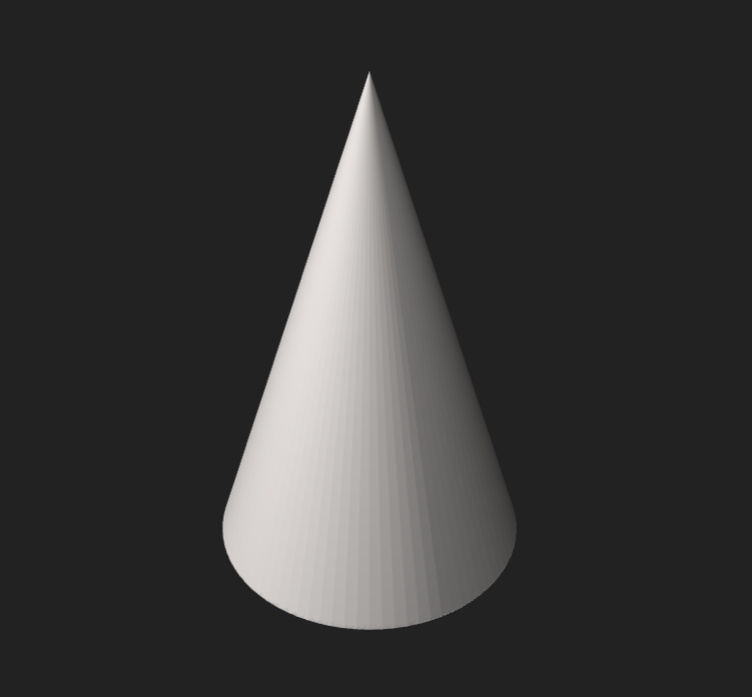An international research group has sought to investigate the technical feasibility of pyramidal, hexagonal, and conical solar panels, and has compared their potential thermal performance, power output and efficiency, assuming these three novel shapes for photovoltaic modules have the same lateral surface.
“These novel shapes can be widely used in domestic areas (streets and solar farms) without the requirement of tracking systems,” the scientists explained. “On the other hand, these towers have a lateral area which has been covered with a solar panel and equals … twice the infrastructure area, which is very suitable for urban areas.” They specified that similar panels may be particularly suitable for regions near the equator where relatively homogeneous sunlight may hit all lateral surfaces of the panels' vertical structure.
The three panel typologies were all conceived with a cooling system based on forced airflow circulation. Under the proposed configuration, the air enters into the modules from the trapdoor at their bottom side and the heat flux exits from another trapdoor placed at the top of each shape.
The performance of the panels was analyzed through open-source CFD software, which is computational fluid dynamics simulation software that engineers and analysts use to intelligently predict how liquids and gases will perform. “To simulate different hours of a day, three different amounts of heat flux were applied on the lateral surface of each panel,” the group specified. “The solar panels were cooled at … constant heat flux, via air, with three mass flow rates.” The inlet air temperature was assumed to be constant, at 20 degrees Celsius.
Among the three shapes, the conical solar panels achieved the minimum back-side temperature. “The maximum temperature difference between the proposed shapes was between the conical-shaped and pyramid-shaped solar panels, and the difference was approximately 10.9 degrees Celsius,” the academics emphasized. “The maximum temperature difference was observed for the case with a heat flux and air mass flow rate of 750 W/m2 and 0.24kg, respectively.”
The superior thermal performance of the conical panels was explained by the research group with the fact that the heat transfer coefficient depends on the flow characteristics and geometrical properties of the surface, and that their flow streamlines create the conditions for better air circulation. “The streamlines get denser form in this shape and [that] causes … more increment in the turbulence intensity of the flow,” it further explained. “The maximum temperature of the conical shaped solar panel is less than those of the other two structures for all the cases with varying heat fluxes and mass flow rates.”
Furthermore, the scientists ascertained that the conical panels showed 8.4% and 5% higher efficiency than the pyramid-shaped and hexagon-shaped modules, and that the former also achieved a higher power output.
The findings of the research were presented in the study Thermal, efficiency and power output evaluation of pyramid, hexagonal and conical forms as solar panel, published in Case Studies in Thermal Engineering. The research group includes scientists from King Khalid University and Yanbu Industrial College, in Saudi Arabia; GLA University, in India; Ton Duc Thang University, in Vietnam; the American University of the Middle East, in Kuwait; and Çankaya University, in Turkey.
This content is protected by copyright and may not be reused. If you want to cooperate with us and would like to reuse some of our content, please contact: editors@pv-magazine.com.




Cones also smooth output over the day purely from geometry. This should work for micro-cones, without the airflow benefit.